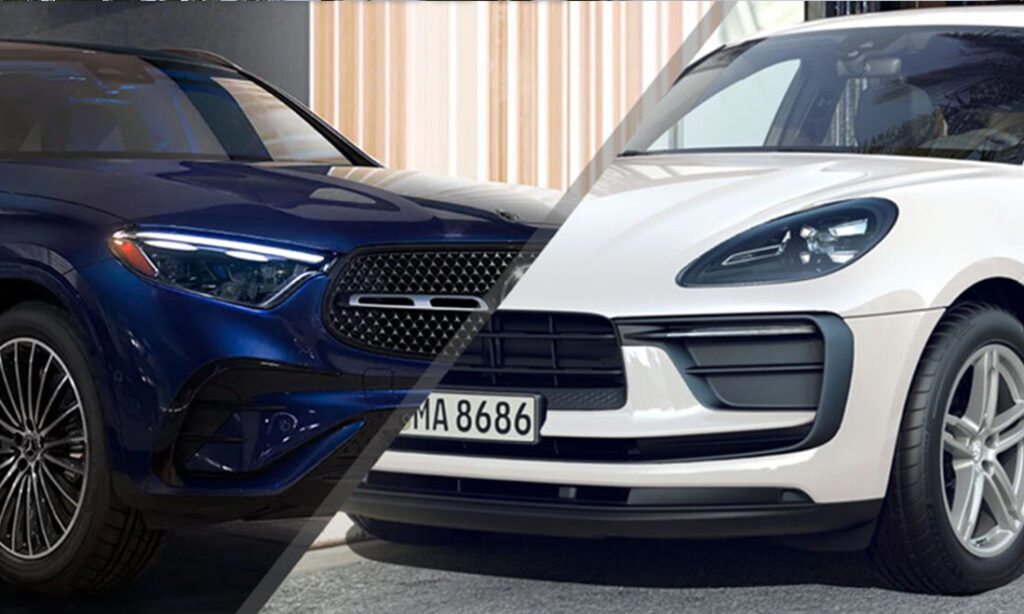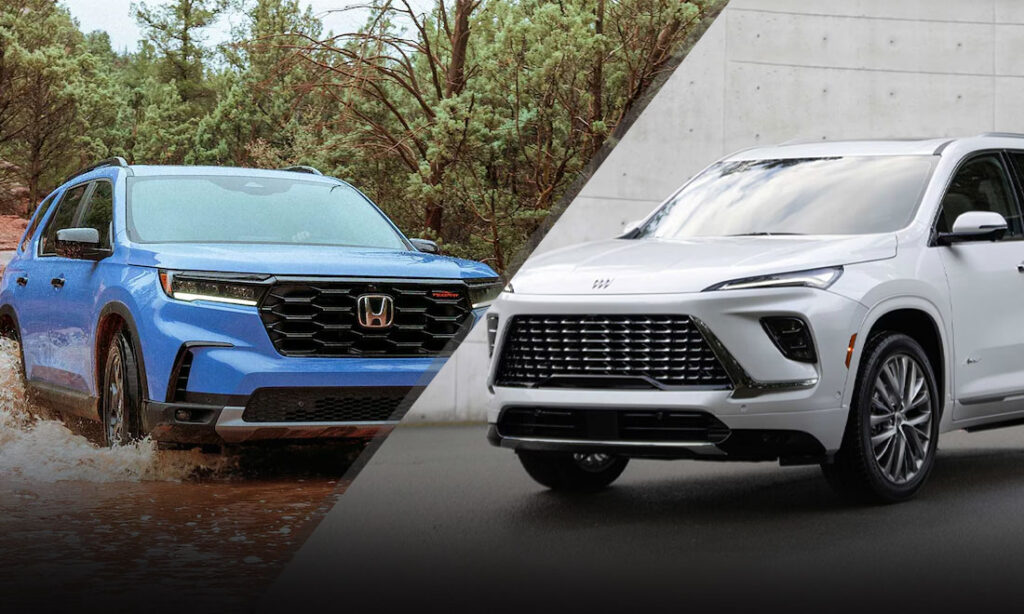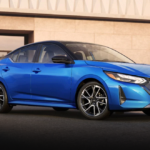Cars in Need of a 2JZ Swap
2JZ swap is a phrase that only true gearheads will understand and for those folks, we’ve put together this list of cars that are in need of one.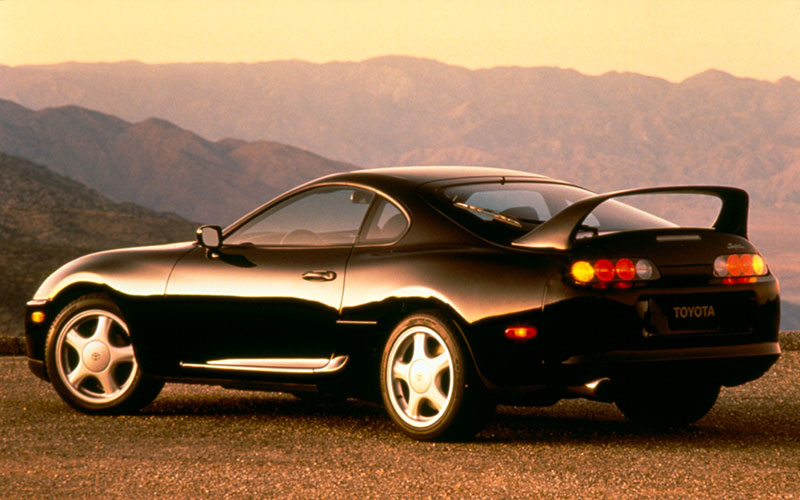
Cars In Need of a 2JZ Swap
When fictional engine savant Jesse of Fast and Furious fame uttered an expletive upon seeing the 2JZ-powered MKIV Supra that Paul Walker dragged through the front door, he arguably kicked off a 20-year-long 2JZ swap craze. True, the nuclear orange paint and wild body graphics visually propelled this legendary car into the limelight. But it is the heart of the beast, a Toyota twin-turbo straight-6 known as the 2JZ-GTE that is the real star of the show.
What’s so great about this particular engine? For starters, it was mounted in the simply awesome fourth-gen Supra that we look at here. For two, it benefits from Toyota over-engineering. The cast iron block is described as “unburstable”. It made 320 horsepower and 330 lb-ft of torque in the fourth-gen Toyota Supra Turbo but is known for being able to handle double that output.
Even 1000 horsepower is not out of the question. There is also a naturally aspirated variant, the 2JZ-GE, as we look at in this deep dive into the legend of the 2JZ.
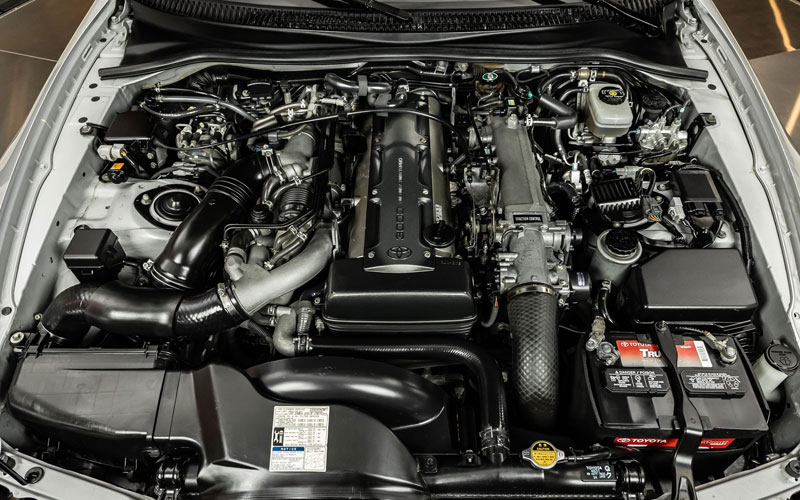
Today’s article will focus on cars that are just itching for a 2JZ swap. Though technically the 2JZ can be swapped into just about any car, we’re sticking with RWD options – like the MKIV Supra – to avoid the tighter engine bays of FWD cars that tend to have a transverse powertrain configuration.
Keep in mind, Toyota never produced a crate engine version of the 2JZ so you will have to browse the used market. Along with the famous – and now very expensive MKIV Supra – Toyota also put the 2JZ engine in the Lexus SC300, IS300, and GS300 so you can look there. Keep in mind, the new Supra, which we review here, has a *gasp* BMW engine!
Lincoln Continental
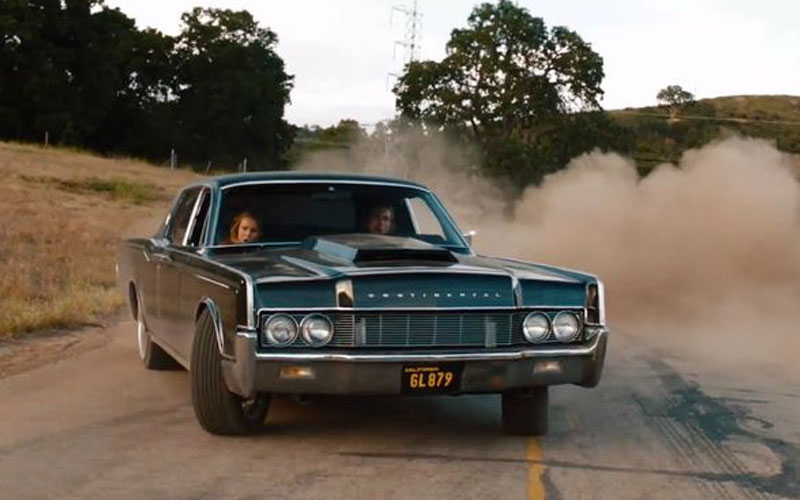
Hollywood funnyman Dax Shepard is a serious car guy. So much so that he stuffed a Ford big block under the hood of a 1967 Lincoln Continental. Making somewhere north of 650 horsepower, Mr. Shepard drove the big brute to glorious tire-burning effect in the 2012 flick Hit & Run.
The ’67 Continental is a cool car all by itself with rear-hinged doors and 220 inches of never-ending creased lines. All that American steel helps the Conti weigh in around 2 ½ tons, so while a thundering pushrod V8 is the right choice for serious motivation, a shrieking 1000-hp turbocharged Toyota 2JZ is even better – nobody would be expecting it. Bonus for the enormous engine bay that makes any swap more enjoyable.
Nissan 350Z
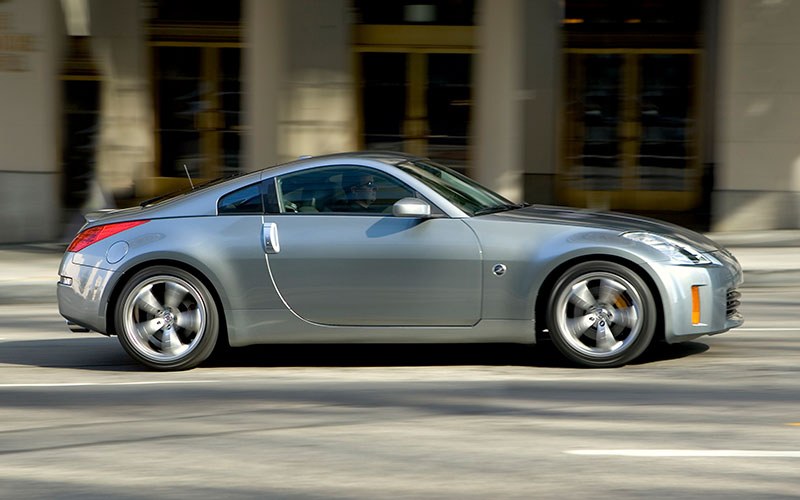
A 2JZ swapped 350Z is the stuff of tuner dreams. Produced from 2002-2009, this sweet 2-door from Nissan was renowned for its planted handling. It was also known for being on the heavy side so while the factory 3.5L VQ-series V6 motor could get the job done, there’s something about swapping it for a Toyota legend that you can’t help but smile at.
Thanks to a robust aftermarket that includes pre-made adapter kits, this is one of the easiest cars for a 2JZ swap – though easy is a relative term. If you’re looking to go less boy racer and more under the radar, the period Infiniti G35 features the same running gear in a more elegant package.
Toyota Tacoma

When it comes to modifying cars, half the fun is doing something new and unexpected. A 2JZ swapped Tacoma falls into that category. It stays in the Toyota family which is pretty cool and with virtually no weight over the rear wheels, a fire-breathing 2JZ could make for some wild antics.
Between 2005 and 2008, the Tacoma was offered in X-Runner trim, with ground effects, a lowered suspension, and a hood scoop. This street-racer-style pickup could even be fitted with a supercharger from TRD – one of the best factory tuners there is. If you could find one of these for the 2JZ swap, it would be quite the killer combination.
Mercedes-Benz R107 SL
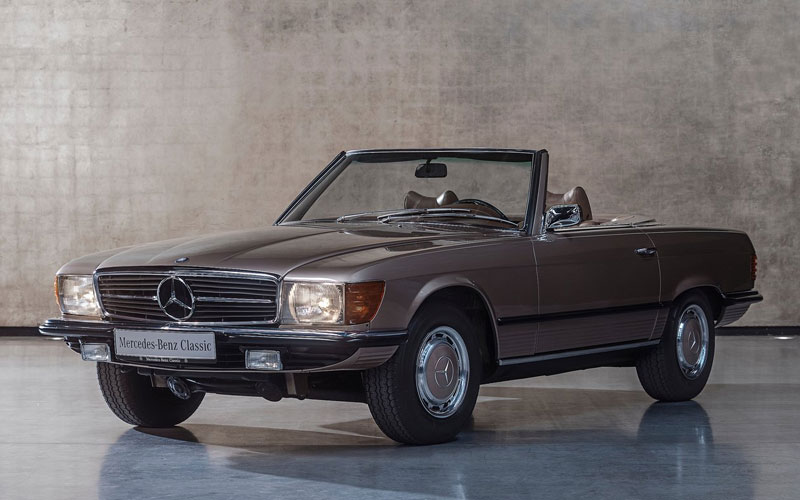
Nothing says class like a Mercedes SL roadster but they can be pricey toys. However, the R107 generation that was produced forever – or from 1971 to 1989 – has so many to choose from, it makes the perfect RWD convertible for a serious power bump in the form of a 2JZ swap.
Technically this would represent a cylinder downgrade as all North American R107s came with a V8. But considering the timing chain problems and output that topped out under 300 for both horsepower and torque, a turbocharged 2JZ would be a major upgrade in the end. Fun fact: these older Mercedes SLs were highly successful in period rallying. I smell a safari build.
Volvo 240 Wagon
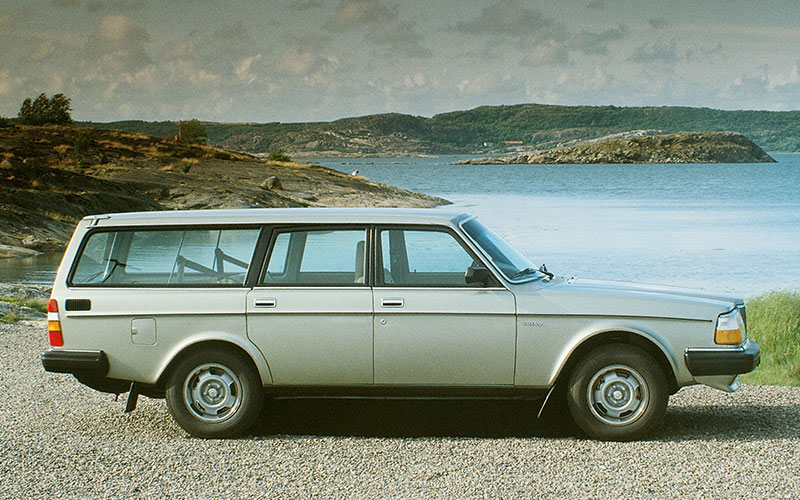
A stodgy old Volvo station wagon and twin-turbo Fast and the Furious style Supra are about as far apart on the automotive spectrum as they come. Making a mash-up that much more interesting. Volvo built close to 3 million of the 240 series from 1974 to 1993. Known for being virtually indestructible, these Swedish bricks are often showing several hundred thousand miles on the odometer these days. What better reason to initiate a 2JZ swap than replacing a tired old motor?
Though the 240 was built in sedan and wagon form, the latter seems more appropriate simply because it is such a low-key family car. Go this route and you’ll share a penchant for sleepers with the late Paul Newman who was known for putting a Buick GNX motor in his Volvo 740 wagon and a blown Ford V8 in a later 960 long roof.
Lexus LS400
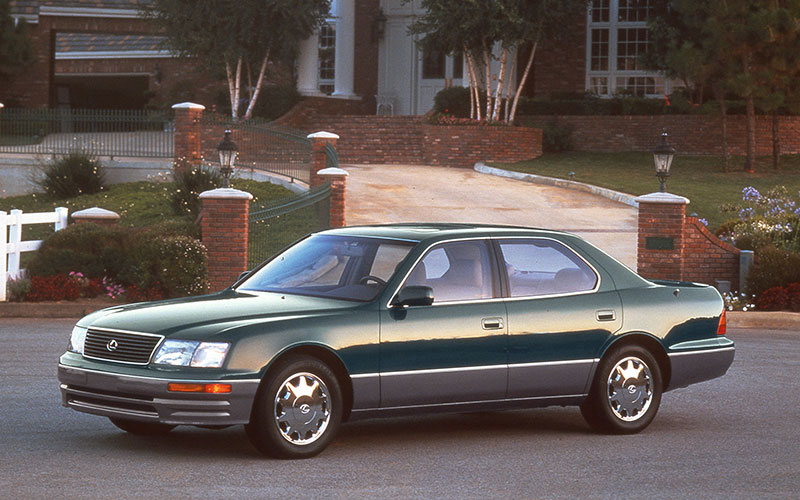
Though Toyota put its legendary 2JZ engine in a lot of its cars, the luxurious Lexus LS400 was not one of them. That’s because as the original Lexus flagship, it was fit only for V8 power. The LS series has been around for a long time but gen-2 seems the best choice for a 2JZ swap.
Along with a stretched wheelbase and more creature comforts, this generation overlaps with the MKIV Supra, which just feels right. And imagine the stares you’d get for running a manual transmission on this particular swap. Find yourself a Toyota Century like the one on this list of top 90s JDM cars for an even wilder swap.
Porsche 944
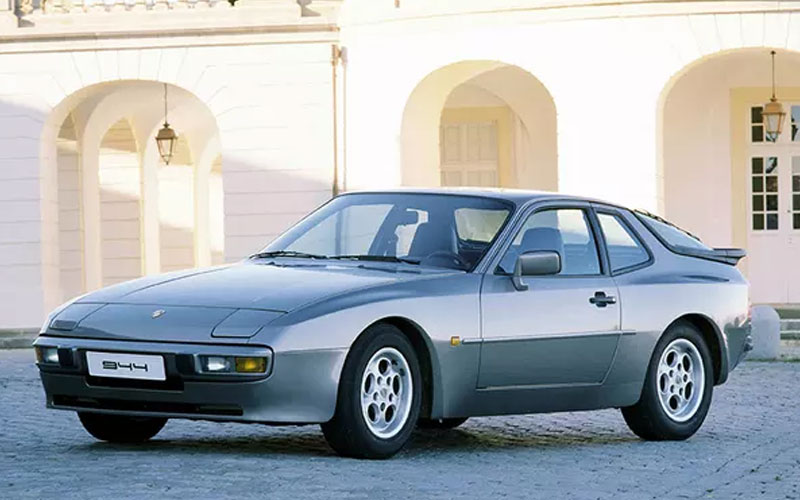
If blaspheming is your thing, putting a Toyota powertrain in a Porsche product is as blasphemous as it gets. But it would be so darn cool. Produced from 1982 to 1991, these entry-level Porches only ever came with four-cylinder power including a turbocharged variant from 1986 forward. Though the original 50/50 weight distribution might get skewed with a big 2JZ up front, all that extra power would be more than worth it. Bonus points for a cabriolet model.
Mazda RX-8
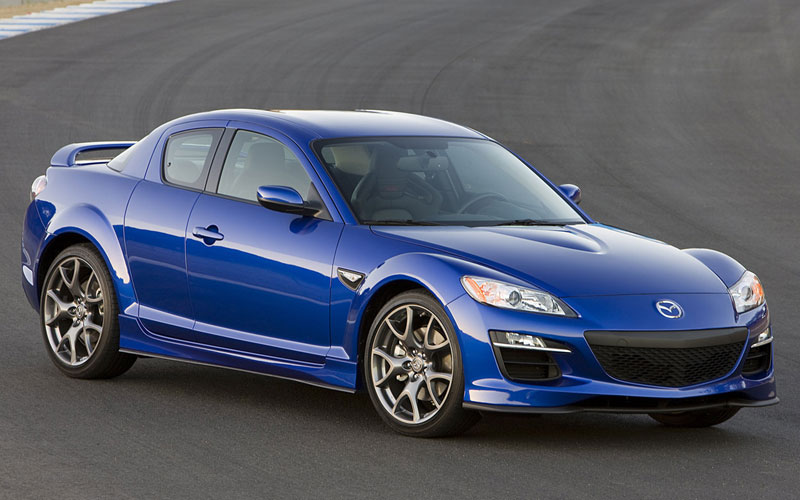
Successor to the RX-7 – also a solid 2JZ swap candidate – the Mazda RX-8 was built from 2003 to 2012. Featuring the wacky Wankel powertrain, these little sports cars were heralded for tight handling and immediate steering response. Double wishbones up front, a multi-link setup out back, and tight Recaros inside helped with this.
Unfortunately, the 1.3L rotary motor was known for guzzling oil and struggling to produce torque. It’s as though the RX-8 was made to run a 2JZ. Look for 2008 and later models that include more structural reinforcement as part of a mid-cycle refresh plus revised rear suspension geometry.
Mitsubishi Starion

Not the early narrow–body Starion that Jackie Chan drove in the lamentable film Cannonball Run II. No, we’re talking about the wide-body Mitsubishi Starion sold from 1986 to 1989 with killer boxed fender flares and all the 80s style you can handle. Pop-up headlights, automatic seatbelts with the word TURBO repeated across them, and wide rubber in Sports Handling form made the Starion – and its badge-engineered Chrysler Conquest stablemate – sweet little fastbacks. A turbocharged 2JZ mill is just the thing to turn an entertaining car into a total screamer.
Peugeot 505
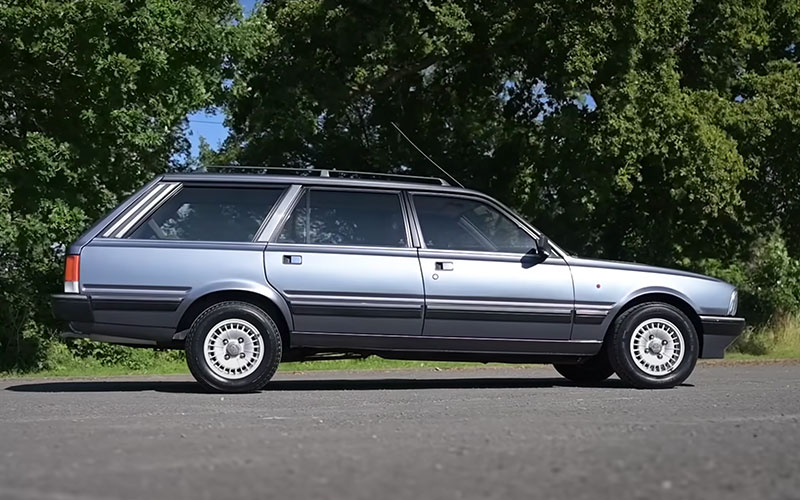
These will certainly be harder to find, but if you can and go forward with a 2JZ swap, you are not likely to come across another one of these potential French Japanese hybrids. One of the last Peugeot models to be sold stateside, the 505 ceased sales here in the early 1990s.
A design collaboration with Pininfarina led to the crisp lines and funky creased hoods on these cars. They even came in full-size station wagon form along with a US-only turbocharged V6! Peugeot famously crashed one through a huge glass window for a TV ad and the 505 would go on to big-time SCCA racing success. This car with a 2JZ under hood would be the ultimate RADwood special.


